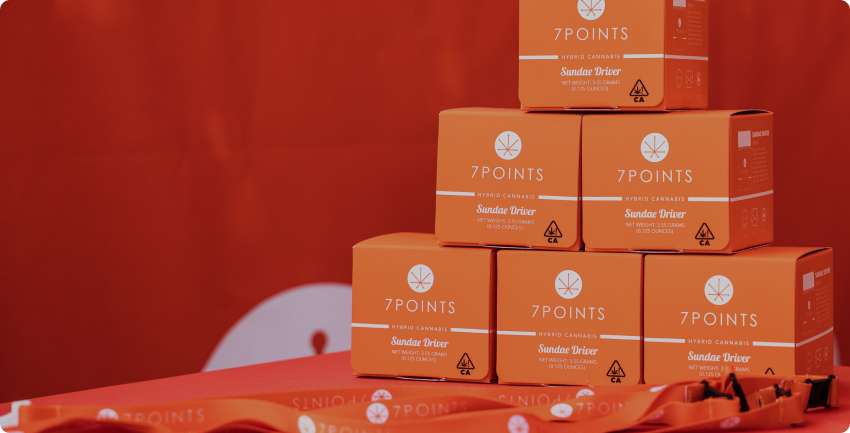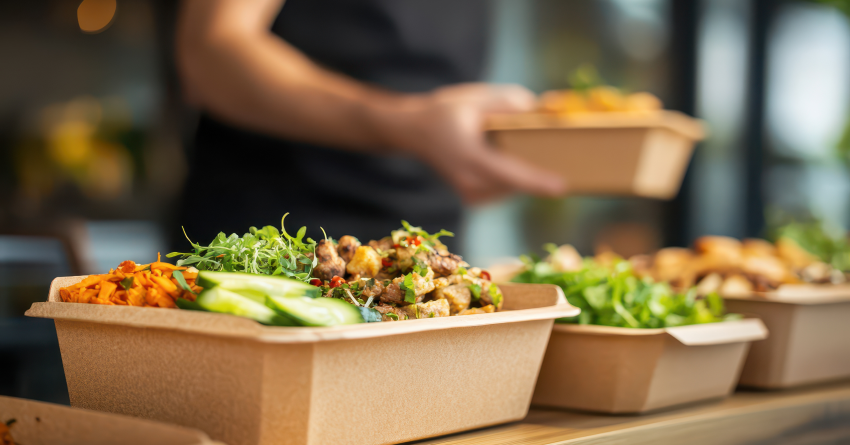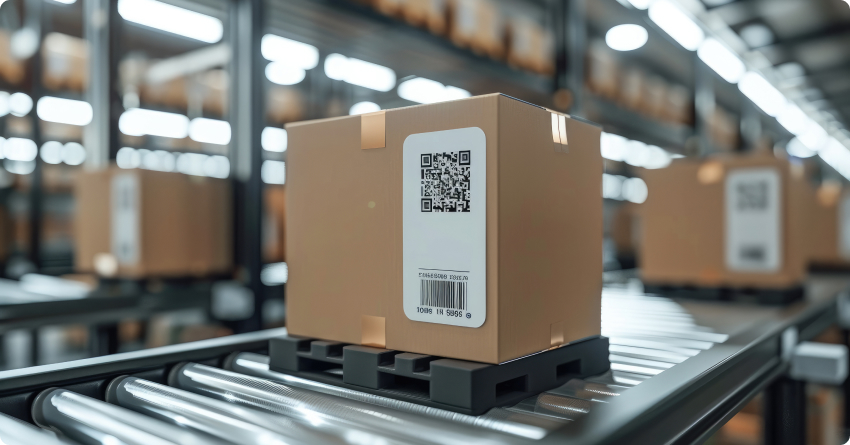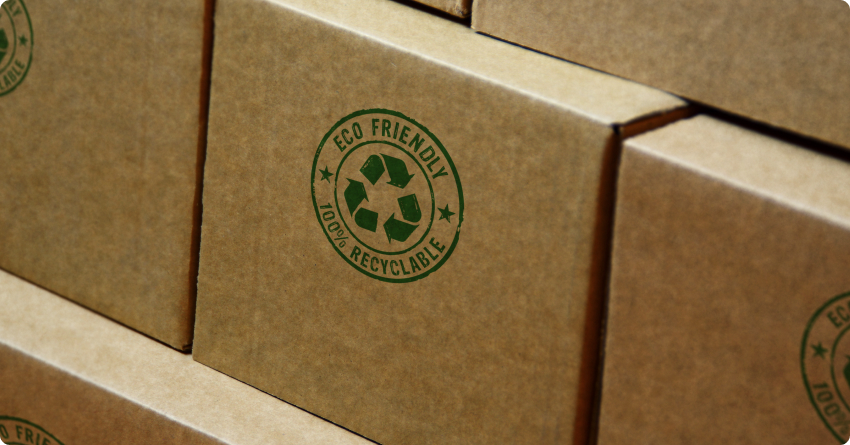How Does a Product’s Packaging Impact Consumer Use
February 06, 2025
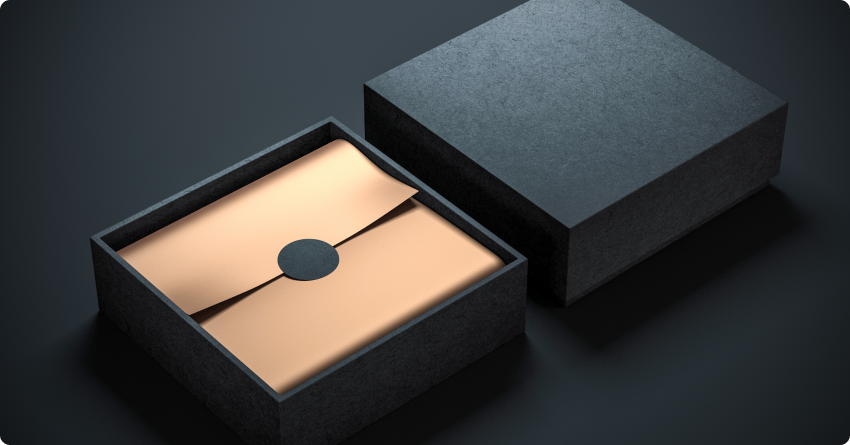
Product packaging does a lot more than just protect your product during shipment. It also has to catch the eye of potential customers, show them why your product is better than the rest and make it easy for them to purchase and enjoy what’s inside. In some cases, the packaging of a product influences the product message and can even influence the way consumers use your product.
The right product packaging design can unlock a competitive advantage that drives growth and ensures all the hard work you put into creating your product doesn’t go to waste. In this article, we’ll look at how you can use product packaging design to influence consumer buying behavior and product use.
How Does Product Packaging Impact Consumer Behavior?
Companies invest a ton of resources into developing standout products, but they don’t often put as much thought into packaging design. However, packaging does a lot more than just protect your product during shipment. It catches the eye of potential customers, shows them why your product is better than the rest, and makes it easy for them to purchase and enjoy what’s inside. In some cases, the packaging of a product influences the product message and can even influence the way consumers use your product.
No matter how amazing your product is, if your packaging design falls flat, it’s not going to sell well. The right packaging design can unlock a competitive advantage that drives growth and ensures all your hard work doesn’t go to waste. In this article, we’ll look at influence packaging and how you can use product packaging design to impact consumer behavior and buying decisions.
Can Packaging Impact A Product’s Success?
As a key marketing tool for attracting customers, packaging plays an important role in how well a product sells. Your product and packaging need to work together; to stand out on the shelf, it has to be visually appealing. It also needs to sell your product without actually uttering a word. Consider closely how branding affects consumer behavior. Colors, fonts, images and messaging all work together to tell a story, so think about what you want that story to be. Beyond aesthetics, packaging design should also be easy to transport, open and store. Add functional features that are specific to the product, such as resealable packaging for food or a smooth unboxing experience for electronics.
Callout/dropquote:
72% of US consumers say their purchase decisions are influenced by a product’s packaging design
Another example where the packaging of a product influences the product message can be found in its shape, which influences how consumers perceive products, strongly impacting behavior. According to researchers, packages that appear more stable are perceived to be heavier and, for food products, richer. So, full-fat yogurt is often packaged in short, wide tubs while non-fat yogurt comes in tall, thin containers. This is also why fast-food restaurants use thinner fonts for low-calorie options like salads and yogurt. Elongation also alters perception. Think about a 12oz can next to a taller 12oz bottle; the volume is the same but the bottle seems bigger.
One study in Australia even found that the shape of sunscreen containers made a difference to how much sunscreen users applied and how often they reapplied. Pump bottles prompted the most use followed by squeeze bottles and roll on sticks.
All to say, the shape of your product and packaging matters, so put some thought into it.
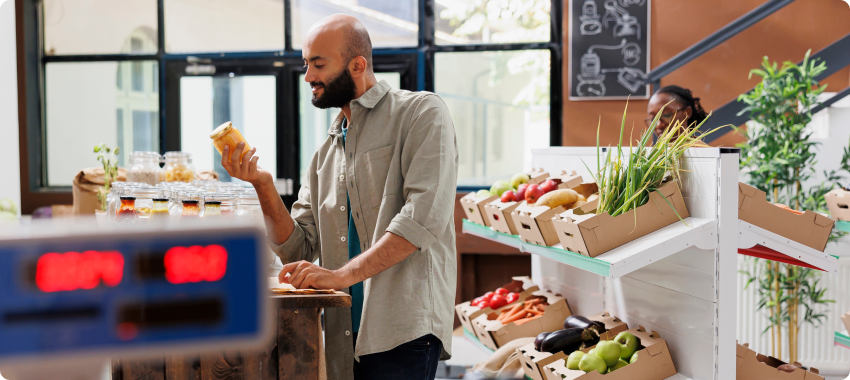
How Does Packaging Keep Products From Going Bad?
Food and other perishables often travel a long way from where they’re produced to where they’re sold, so packaging must provide protection in transit and keep products fresh. Modified atmosphere packaging (MAP) helps to extend shelf life by creating the right environment for different kinds of food using micro-perforation technology to control gas flow in and out of the package. For example, preventing bread from getting moldy requires minimal oxygen while keeping fresh produce crisp requires a mixture of different gases.
Ernest’s client Commodity Forwarders Inc. (CFI) ships perishable and delicate cargo by air all around the world, which requires dealing with massive temperature and moisture fluctuations as well as space constraints. Working closely with the CFI team, Ernest designed a custom packaging solution that keeps the heat out, even when shipments get delayed on a hot tarmac, with the added bonus of being recyclable. Less spoilage = more sales.
Protecting products during transit is also a key consideration. Delicate foods such as fruit and vegetables should use sturdy packaging, like top seal and clamshell containers, to prevent bruising and spills. Think about how products will be stacked in transit too, and choose a solution that’s durable enough to withstand any weight and absorb potential impacts.
How Does Packaging Affect The Price Of A Product?
Influence packaging design can alter consumer perceptions of quality, which in turn affects what they’re willing to pay. Premium materials such as heavy cardboard and glossy finishes can convey a sense of quality and value that supports higher price points. Certain colors, fonts and other design details also convey a sense of luxury.
Callout:
67% of consumers say paper and cardboard packaging makes a product more attractive than other materials and 63% agree that paper and cardboard packaging makes a product appear high quality
On the other side of the coin, packaging that makes your product seem premium can be a roadblock to reaching a wider market. For example, tech firm Mom’s Official Objective (M.O.O.) aims to advance maternal health equity with plant-based wellness products for moms. Following a rebrand, they realized that the gold metallic lettering on their white and marble packaging gave the impression of luxury, which many customers felt they couldn’t afford.
To move the dial on sales, think about your target audience and design your packaging to their preferences, keeping in mind how branding affects consumer behavior.
How Does Packaging Evoke Emotion?
Every purchase is emotional. To shape consumer buying decisions, start by designing your product and packaging solution to evoke the right emotions. Depending on what you’re selling and who you’re selling to, this could mean evoking a sense of calm, joy or nostalgia. Influence packaging is all about generating an emotional response.
Warm colors like red and orange tend to promote feelings of happiness, excitement and energy while cool colors like blue and green feel more calming and trustworthy. Green also tends to signal health and environmental awareness. Yellow is often used for high-energy food products. White evokes elegance and simplicity, and black represents luxury. Imagery triggers emotion too, so think carefully about what you want consumers to feel when they look at your packaging, and choose images that feel the same way.
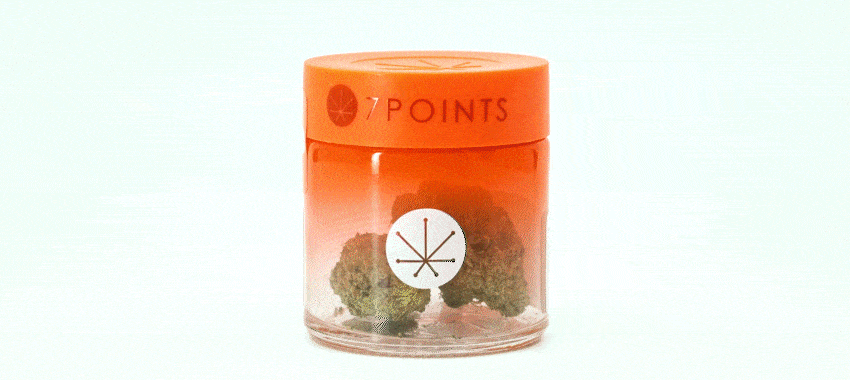
How Do I Choose The Right Packaging For My Product?
Your product packaging has to do a lot of heavy lifting. It has to protect your product in transit, stand out on the shelf, and make an emotional connection with potential buyers. And it has to do all of this while being functional, practical and cost effective.
With so many factors to consider, knowing where to start can be overwhelming. To help drive growth and move more product by designing the best possible influence packaging solution, contact the experts at Ernest. We live and breathe packaging, and solving complex challenges is our favorite thing to do. Let’s talk.
Packaging Design

